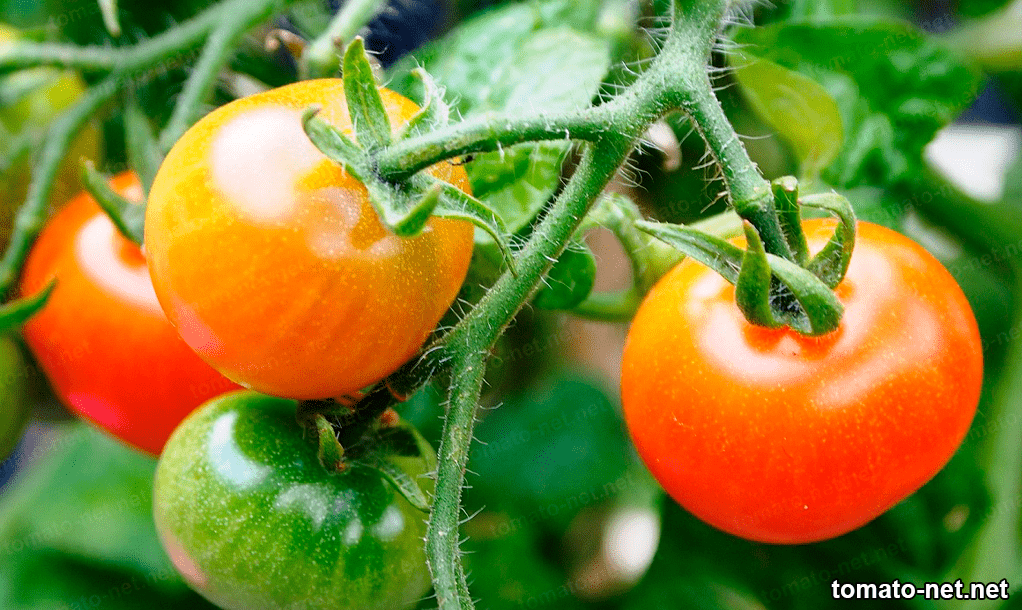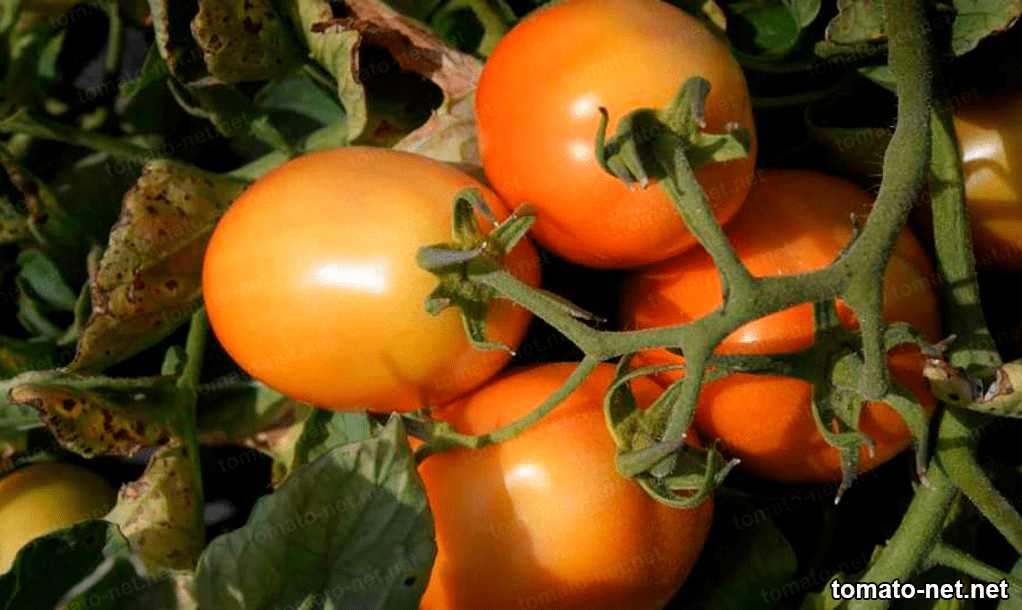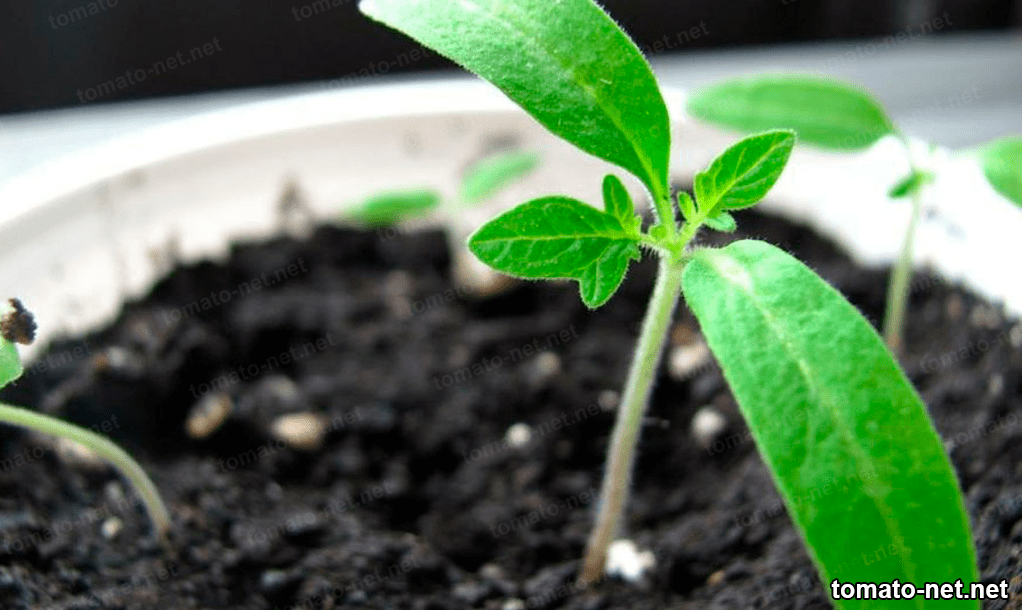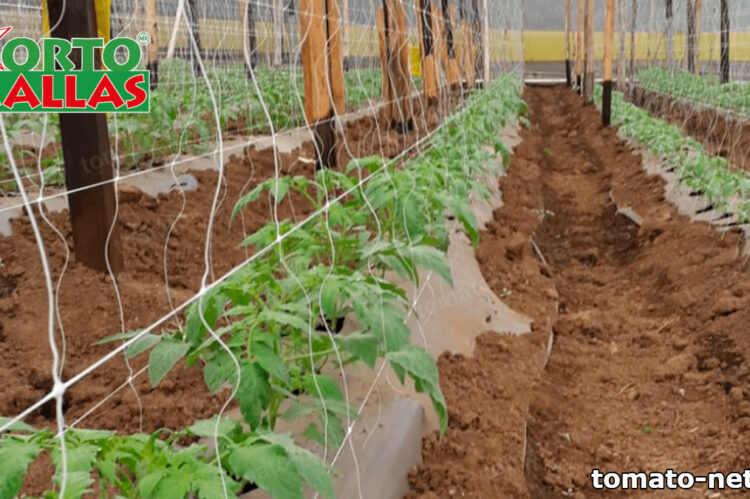Tomato crops netting is a versatile tool for tomato crops.
The best types of tomato crops netting allow tomatoes to grow much taller than other types of traditional grids, protect the fruit from rain and other weather elements, and keep trees clustered and spaced apart for greater productivity.
Then, you should choose the right mesh according to the size of the fruit. There are different mesh sizes and the size of the apertures also influences the yield. A mesh with more density offers better stability to growing tomatoes, but it is more difficult to climb. On the other hand, larger mesh size will have greater traction, allowing the tomatoes to grow more freely. You should also pay special attention to the weight of the product. If you select a mesh with too large a diameter, the weight may be too high, which will make the mesh impossible to install and work with.

1. The first option is a tomato netting with galvanized wire.
Galvanized wire is one of the most frequently used mesh covers for tomato crops. It has a height suitable for use with tomatoes of different varieties, providing the strength and stability needed to support the fruit. The galvanized wire lined mesh design prevents climbing by animals or pests. Galvanized wire tomato netting provides adequate planting area and offers maximum protection for tomatoes.
2. The second option is a tomato netting with plastic covering and HDPE mesh.
This netting is a form of heavy-duty plastic coated netting to provide the tomato crop with some shade, prevent insects and rain from entering the harvest area and prevent poor growth. HDPE tomato netting is designed to allow sunlight diffusion to encourage tomato growth, and also prevent fruits from dropping. This tomato netting is perfect for large trees such as fruit trees, offering the grower the protection and support needed for optimum production.
3. There is a wire mesh tomato netting.
The wire mesh material provides the durability and strength needed to ensure that tomatoes are kept safe while harvesting. This wire mesh is designed to provide the crop with protection from insects, rain and decay. Its high strength will allow the tree to grow tall to allow tomatoes to be harvested with ease. The design of the wire mesh tomato netting adapts to different tree sizes, making it perfect for any orchard.
Any of these galvanized wire tomato netting, hHDPE netting or wire mesh is a great option for growers. Each of these systems has its advantages, and it is important to choose the one that best matches the planting. These three variations of tomato netting are sure to help the grower achieve a successful production of the best tomatoes.

How to choose the most suitable tomato netting for my tomato crop
Tomato netting plays an important role in choosing the right tomato netting for your tomato crop. The netting will help you improve the quality of your production and get the best results from your crop. When choosing the right netting, you should consider several factors. First, you should consider the mechanical strength of the netting. This is essential for resistance to abrasion and deformation. A strong material can withstand wind gusts, weight of harvested crops and damage from routine cultivation. Tomato netting is made of raw materials such as stabilized polypropylene, stainless steel, fiberglass, PP, PE, PET, galvanized steel wire and PVC coated wire.
Also, consider the space available for installation.
The height of the lighting screen should be higher than the height of the tomatoes to allow for good air and light circulation. In general, a mesh with a thickness of three or more millimeters will have sufficient strength to provide long-term security. In addition, be sure to purchase a tomato netting with a resilient material strength to improve yield and production control.
Price should also be an important factor when choosing tomato netting. If buying online, be sure to study all pricing and dealer terms. As always, it is best to seek references to get a good perspective before making a purchasing decision. The quality of the screen is as important as the price. If you choose a low-cost screen, you may end up with a fragile, brittle, wax-take-up fabric that will not meet your production expectations.
Once you gather all the information, be patient and be sure to look at all the options and features before making a decision. Since bad take-wax is so important to your production, poor performance in your choice will mean lower quality and higher cost. If you follow the tips above and search online for reference on the major manufacturers of tomato mesh, you should be able to find the right option to meet your tomato production needs.

What are the benefits of choosing the right trellis netting?
This netting can be a long-term investment, but its advantages are many and growers who choose to use it will obtain good fruit. Tomato netting prevents fruit loss. Tomatoes do not always hold up easily on the plant, especially when winter arrives. Even when the plant is in good condition, forced wind can cause fruit to fall. The netting they are in protects the fruits from high winds, keeping them on the tree. This means that if there is a problem with the weather, the grower can recover the fruit.
In addition, tomato crop netting helps reduce the number of pests and diseases associated with the crop. This netting acts as a barrier to pests that want access to the plants. Growers often use insecticides to combat these insects, but they can damage plant health if abused. Using a netting prevents these insects from reaching the plant area, which helps reduce the overuse of insecticides. In addition, netting also helps limit the spread of diseases such as mildew and gray rot. These diseases tend to spread rapidly in plantations without netting, but can be prevented with its use.
Tomato netting improves tomato crops quality.
The fruits hold better and lose less moisture when exposed to a limited amount of sunlight and this means that the flavor of the tomatoes is improved. This netting also prevents the tomatoes from hitting each other, which means that uniform and better quality tomatoes can be obtained. In addition, this mesh ensures good air flow, promoting better plant health, which allows for a larger harvest.
As you can see, there are many advantages of using netting for tomato cultivation. It helps prevent fruit loss, reduce the number of pests and diseases, and improve tomato quality and size. This netting requires a long-term investment, but if properly cared for, it can last for many years. Growers who decide to invest in tomato netting will obtain good results and will be able to maximize the quality of the fruits obtained.
